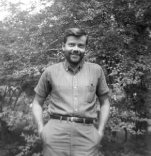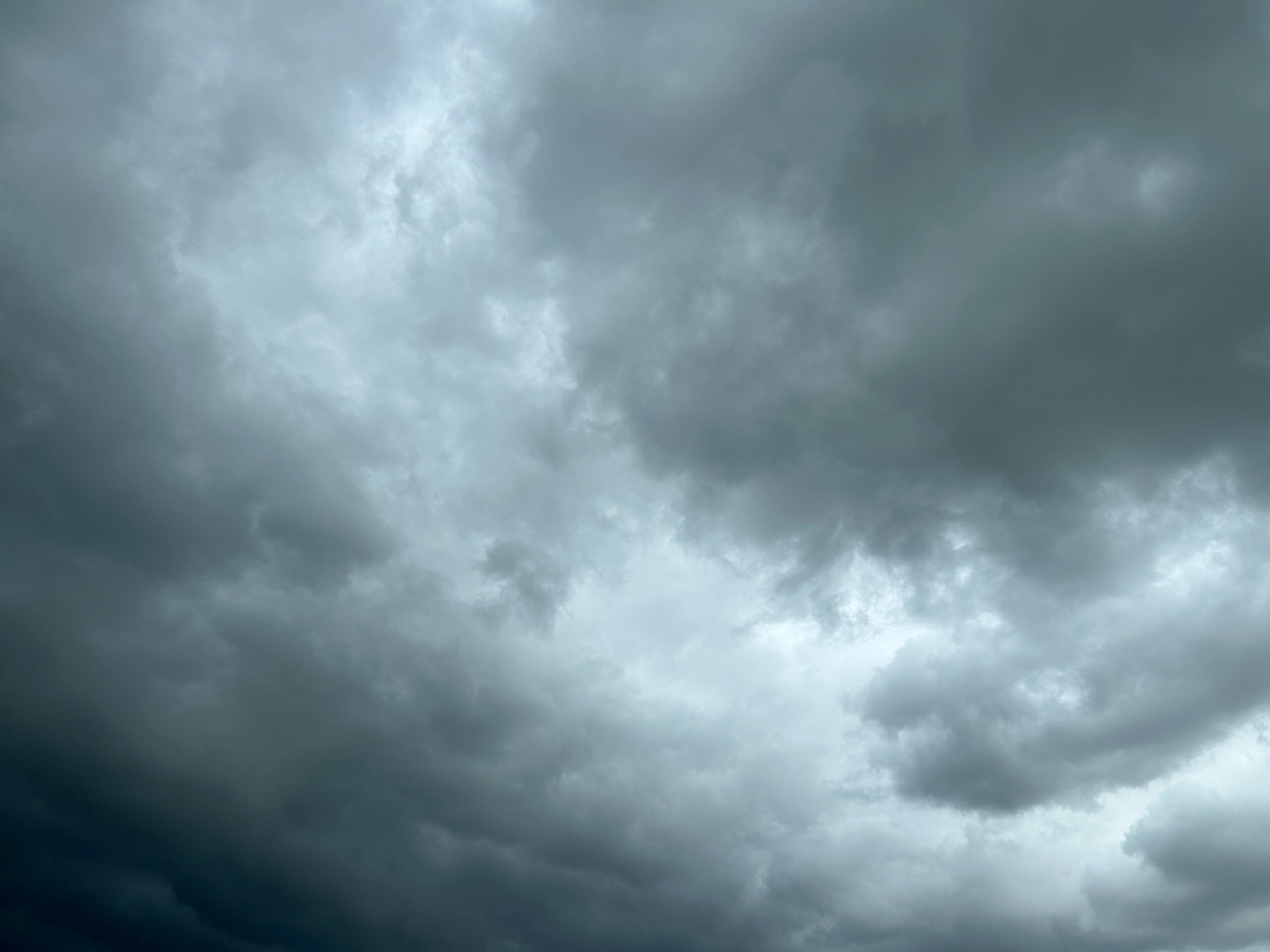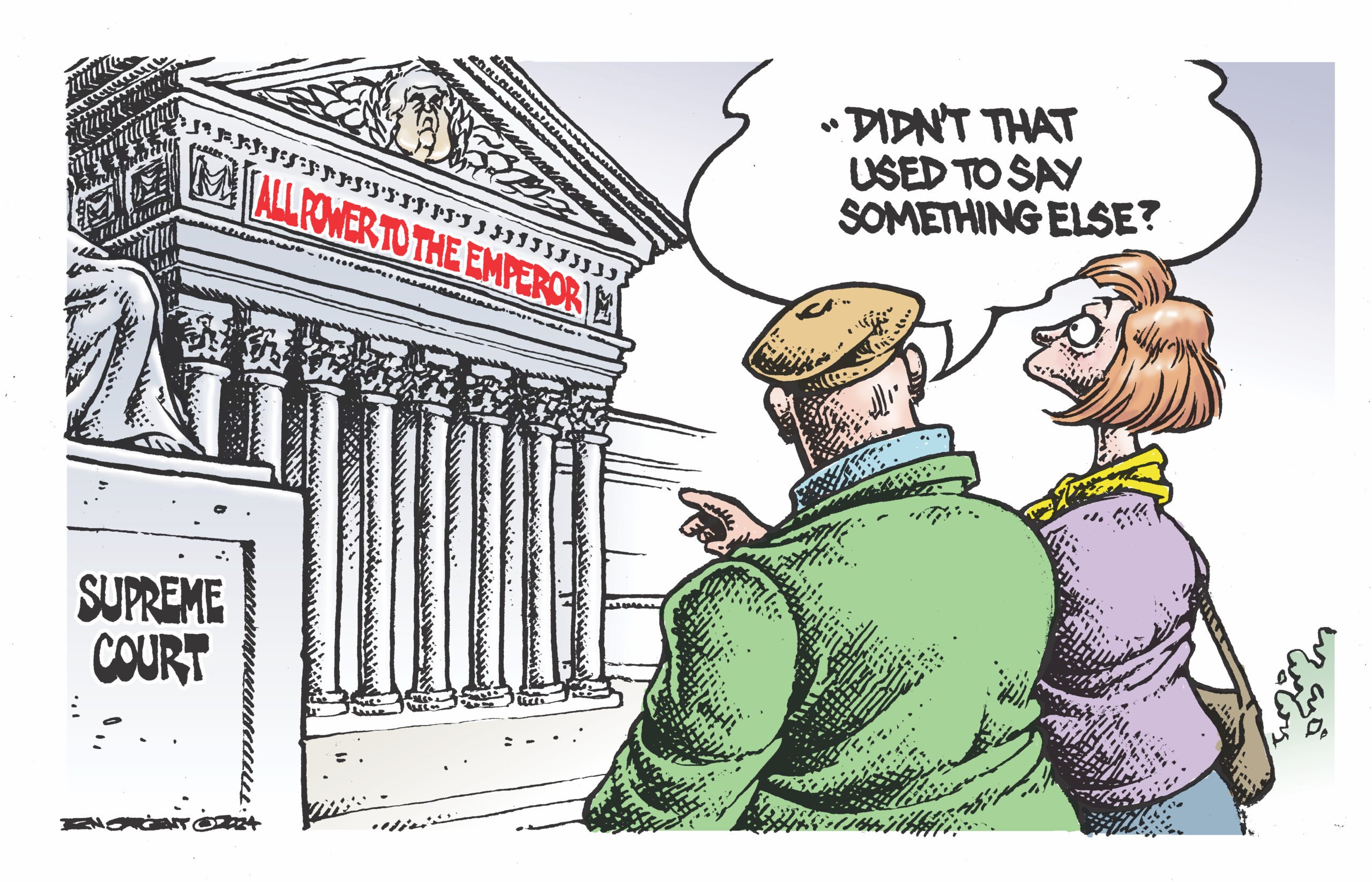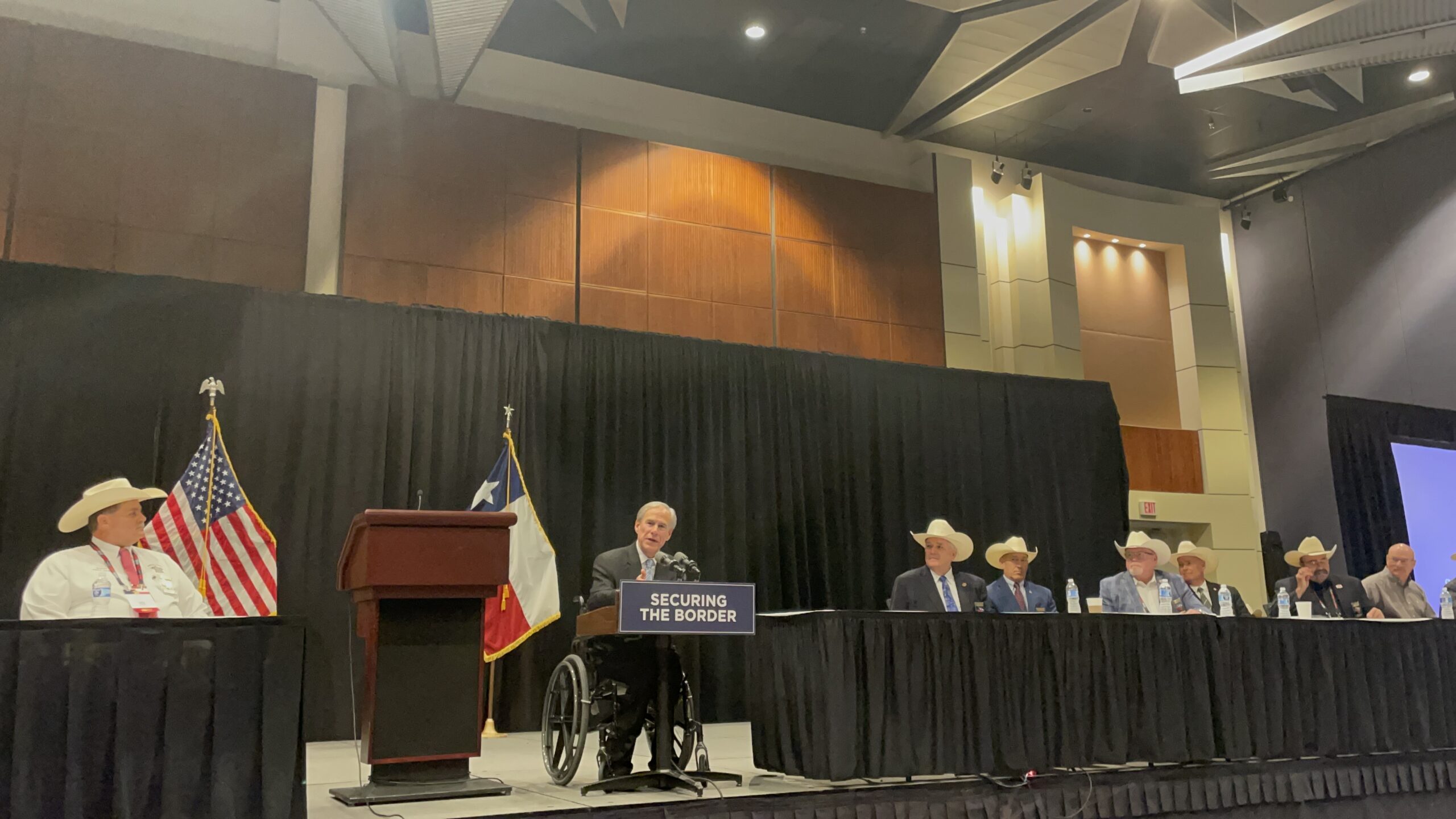Dateline Dallas
What we saw on November 22, 1963

Everyone has read so much now, and seen so much on television, I believe the right thing for me to do is to tell you what I saw in Dallas, this dreadful day. As the President’s group deplaned at Love Field, civic officials, led by Mayor and Mrs. Earle Cabell, gave Mrs. Kennedy, bedecked in her strawberry dress, some red roses. They gave Mrs. Johnson and Mrs. Connally some yellow roses.
After he had greeted the official welcomers, Kennedy came upon Rev. Baxton Bryant, pushing before him in a wheelchair an old loyal Democrat, Annie S. Dunbar, 85, and accompanied by a few others.

Bryant, a liberal Democrat who had wired the President that the grassroots Democrats would have a delegation there to meet him, (as we had set forth in stories written, and all discarded,) introduced himself to Kennedy, who said “Glad to see you,†kind of half-laughing, knowingly. Bryant introduced Annie Dunbar to him, and some others.
The President walked over toward the medium-sized crowd gathered there to meet him. There were no hostile posters, but one large Confederate flag was held high above the crowd as the President moved along the crowd from person to person, smiling and shaking hands and chatting. I find in my notebook at this point, “Kennedy is showing he’s not afraid.â€
Congressman Henry B. Gonzalez said later that he had had misgivings about the President’s trip to Dallas, and that he and his colleagues were discussing, on the plane from Fort Worth to Dallas, a full-page ad in the Dallas News that morning on the Kennedys. This ad in effect alleged that the Kennedys are soft on communists, or worse.
The congressmen kidded some about taking precautions for their safety in Dallas, Gonzalez said. As he got off the plane, Gonzalez recalled, he had said, “Well, I’m taking my risks—I haven’t got my steel vest yet.â€
Lined along the curbs on the way downtown were children, working girls in their twenties, working men in helmets, young executives in suits, come to see the President. They were nondescript and various.
A tiny Negro boy carried a sign, “Hooray for JFK.†So did a tiny white girl. A few besuited older men held themselves stiffly at attention. Many of the people, smiling or squinting in the cool North Texas sunlight, were absorbed in the power and glory of the moment; in this, their touch with the fabulous, in the midst of their daily and daily-thwarted lives.
Now and then I noticed a braced stance, a pipe that was being puffed too rapidly, brows knitted in frowns.
I had taken my seat in the very back of the second press bus. Like many Texans, I had worried about the President’s visit in Dallas. I had said to myself, in whatever a premonition is, “He will not get through this without something happening to him.†For Dallas is the place of the ugly Stevenson scene, of political hatred, and of people who believe that liberals—like Mr. Kennedy—are helping or conspiring with the communists. I find in my notes along the parade route the observation, “In many thousands of minds there must be an unspoken admiration of courage.†I meant, of Kennedy’s.
The people on the curbs on the way into Dallas were lined up fairly closely. They were mostly whites, here and there a concentration of Negro children. There was a very large turnout as we passed Texas Instruments. I saw two little white girls, one holding a flagpole, and the other the end of the large American flag.
The people were ten and twenty and even thirty deep in the heart of the city. They seemed calm and relaxed as the press buses passed them. People watched from roofs, confetti flew; altogether it was a friendly turnout in holiday spirit. Police were stationed every half block downtown, motorcycles at intersections.
Now we were through the thick of the crowds, and at the foot of Main Street, the motorcade had begun to wind around onto Elm Street, out of sight from the press buses following.
“What happened?†a reporter called out inside the bus ahead of me.
Through the windows we saw people breaking and running down Elm Street in the direction of the underpass, and running to the railing of the arch at the foot of the downtown section and leaping out of our sight onto the grass beyond and below.
I was not aware of any pause in the motorcade. We rounded the bend onto Elm Street and passed a scene I cannot clearly remember. My notes say, “Speeding down the slope toward the expressway, people breaking across the street in front of the police. Up the grassy slope.†We were already speeding toward the underpass;Ihad seen a scene of scurrying confusion, of people running across the street and up the slope.
On the other side of the underpass, a motorcycle policeman was rough—riding across sere grass to the trestle for the railroad tracks that cross the underpass. He brought his cycle to a halt and leapt from it and was running up to the base of the trestle when I lost sight of him.
We speculated that someone might have dropped something onto the motorcade from the overpass. I saw an airplane above the area and wondered if it might have been dropping something. Strangely, then, as we sped along the Industrial Boulevard, I believe it is, toward the Trade Mart, the matter fell out of my mind, or deep into it. All I remember is how fast we were going, and that there were not any people on the curbs of the traffic islands. I thought maybe they had heard we would be going fast.
The first words I heard as I got off the bus were, “He’s been shot.†A woman reporter with a German accent. James Vachule, reporter for the Fort Worth Star-Telegram, said, “I heard the shots, several. At the triple underpass.†This is what my notes, converted from the abbreviations, say:
He is not there. He was rushed to the hospital. Perhaps fatally. At the hospital. Shot in the head? Kennedy? Who do you find out from?
In the alarm and confusion, the reporters were full of doubt, and some were a little panicky. No one wanted to say what he was not sure of. Reporters had their editors on the phone and nothing definite to tell them.
Outside, in the Trade Mart, about 2,400 persons were having their lunch, awaiting the President’s arrival. I learned later the rumor had begun to run among them, but no one believed it.
I went from reporters at telephones who did not know and asked me frantically what I knew. I went on a run to a group of four or five who were gathered around N.W. Stevenson, chief of the criminal investigation division of the Dallas police.
“The President was hit, that’s our information at present.†He had been taken to Parkland. How badly hurt? “No sir, I do not know.â€
And so we knew, and a dozen or so of us ran, heedless of an order to slow down, along the side of the banquet hall, and piled into someone’s station wagon, and the horn blaring all the way, raced to Parkland Hospital.
Dallas became a stricken city, full of shame and horror.
In the hospital I heard people who work there saying, “Connally, too.†“It’s a shame, I don’t care who it is.†No one knew who was alive or who was dead. At the emergency entrance, Sen. Ralph Yarborough, terribly shaken, gave the first eye-witness account that I heard. He had been in the third car, with the Vice-President and Mrs. Johnson.
“I heard three loud explosions, like a deer rifle,†he said. “You could smell powder all the way here. I thought it was rifle shots. Sound to me like rifle shots…. “After the second shot, the Secret Service man had us lie over so we wouldn’t project over the seat. He said ‘get down, get down, get down.’ The shooting had ended.â€
Kennedy and Connally had been carried in. “I decline to describe their condition,†Yarborough said. “They were shot. It is too horrible to describe. They were seriously hurt.â€
After the shooting, he said, “They took off immediately for the hospital at a very fast rate, very fast. We knew that something was terribly wrong, because they took off as fast as they could.â€
Where had the President been hit? “I can’t tell you where.â€
“The Secret Service immediately surrounded the Vice President and Mrs. Johnson and took them away,†Yarborough said.
Now surrounded by a mob of reporters and cameramen, Yarborough said, “Gentlemen, this is too horrible to describe. You’ll have to ask the doctors. The injury was very grave to both of them. This is a deed of horror. This is indescribable.
“I saw the Secret Service man on the first car beating the car with his fist. I knew something was terribly wrong. It was in frustration and anger and despair and horror. He would hit his fist in horror and anguish.â€
Had he seen any motion in the car? “Absolutely none.â€
The senator, as he said this, was cast down, and gazing at the ground.
Reporters pressed him to go over it again. At one point in this ordeal, he drifted off somewhere as he talked, back to the scene of it happening, trying to remember. “There was a slight pause between the shots,†he said very quietly, and as though the wind was blowing through his voice. “ ‘Bang’…a pause of two or three seconds…‘bang’…And then a longer pause before the third one.â€
Because I had reached Yarborough first before many of the reporters came up, I then told a group of them what he had said from the first. This was a common scene the rest of the day, reporters sharing what they had learned with their colleagues.
Inside the hospital all was in chaos. Reporters trying to make phone calls found that all the hospital phones had gone dead. I chased across a street to find a phone in a filling station to call a paper I was working with. While I was standing in the storeroom where the phone was, waiting to get through, I heard it announced on the radio, “The President is dead.â€
I told the editor and rushed back to the hospital. I first believed and comprehended that he was dead when I heard Doug Kiker of the New York Herald-Tribune swearing bitterly and passionately, “God damn the sonsabitches.†Yes, he was dead.
But who had announced it? In the press room that had been improvised out of a classroom, no one seemed to know. Then it was that Hugh Sidey of Time came in and, his voice failing with emotion, told the assembled press that two Catholic priests had told him and another reporter or so that the priests had given the President the last rites.
“Is he dead?†a reporter had asked them.
“He is dead, all right,†one of the priests replied. “Did you give him last rites?†“Yes, we gave him last rites.†The priests would give them no more information. All there was to do then was to see the story unfold, and to realize and to see others as they realized.
Malcolm Kilduff, assistant White House press secretary, gave the press its first formal notification about 1:30. He came into the classroom and stood on the dais before the bright green blackboard, his voice, too, vibrating from his feelings.
“President John F. Kennedy—†he began.
“Hold it,†called out a cameraman.
“President John F. Kennedy died at approximately one o’clock Central Standard Time today here in Dallas. He died of a gunshot wound in the brain. I have no other details regarding the assassination of the President. Mrs. Kennedy was not hit. Gov. Connally was hit. The Vice President was not hit.â€
Had President Johnson taken the oath of office? “No. He has left.†On that, Kilduff would say no more. As Kilduff lit a cigarette the flame of his lighter quivered violently.
Kennedy was not known to say a word after he was shot, Kilduff said. Later Julian Read, an aide to Gov. Connally, told the press of his conversation with Mrs. Connally, and she had not heard him say anything. Then it was the press received its first version of what Mrs. Connally on Sunday told the press, that she had just turned to the President and said to him, “Well, Mr. President, you can’t say Dallas doesn’t love you,†and he was shot.
From time to time others came into the press room with more information. Gov. Connally’s condition was serious, but hopeful. Bill Stinson, an aide to the governor, told us he asked Connally at the hospital, “What happened?†“I don’t know,†he had replied. “Where did they get you?†“I think they shot me in the back. They got the President, too,†Connally told him. Had Connally reported that the President had said anything after the shootings? “No—no. No.†Stinson said.
At the emergency entrance, Yarborough prepared to go to the airport to return to Washington in a second plane. His eyes were red from crying. “This is a tragedy to all mankind,†he said. He wiped his eyes of tears.
Mayor Earle Cabell, a Tory Democrat who a few hours before might have been expected to deal with Yarborough with a slight aloofness, said to him urgently, “What can I do for you?†Nothing else meant anything, and we were all each other’s brothers.
Congressman Gonzalez rode to the airport with Sen. Yarborough. Shortly after, many members of the press followed in the buses, most of them to fly back to Washington.
There, at the airport, we learned that at 2:39 p.m., Judge Sarah T. Hughes had given the oath of office to President Lyndon B. Johnson. The details were given to us by a pool reporter, Sid Davis of Westinghouse Broadcasting. I shall not soon forget the picture in my mind, that man standing on the trunk of a white car, his figure etched against the blue, blue Texas sky, all of us massed around him at his knees as he told us what had happened in that crowded compartment in Air Force One, and what else had happened here at the airport.
John F. Kennedy had arrived at the Dallas airport at 11:35 that morning. Three hours and a few minutes later, his body was flown to Washington.
Ronnie Dugger is the founding editor of the Observer. This article is excerpted from “The Last Voyage of Mr. Kennedy,†November 29, 1963.


